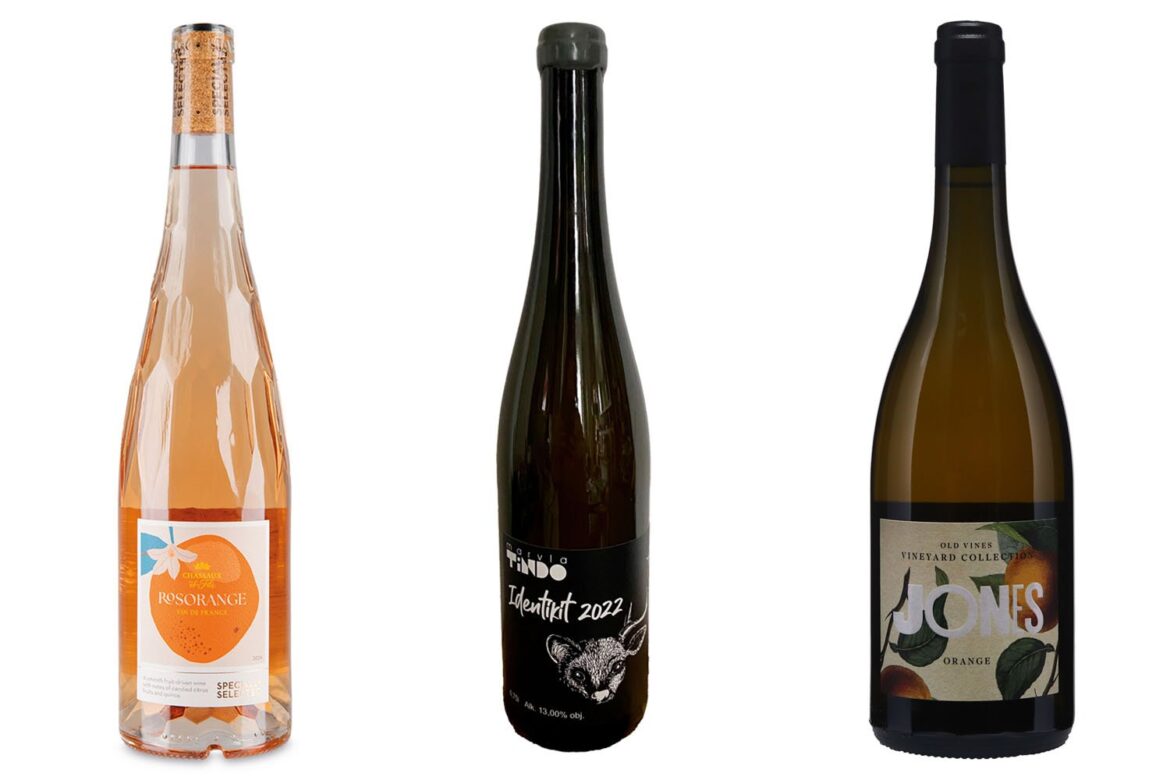1. Specially Selected French Rosorange Rosé, France 2024
£9.99, Aldi
Orange wine is now firmly established in fine-dining circles to the point where it may even be bordering on the passé. Even so, many casual wine drinkers in the UK have still yet to come across this new-old form. Aldi’s way around this lack of recognition has been to smuggle the style into its stores in the form of a wine that blends orange wine (which is made from white grapes with the juice left in contact with skins, rather than simply the juice, as is the case with most white wines) with rosé wine (which is made from the juice of red grapes that have had a much shorter contact with the skins than red wines). The result is a successful summery fusion in which soft cherry tones segue into subtly bitter orange served with the merest nip of perfectly brewed tea-type tannin.
For information about how The Observer protects your data, read our Privacy Policy.
2. Domain Jones Vineyard Collection Orange, Languedoc, France 2023
£17.50,The Wine Society
While orange wine may not be all over UK supermarket wine shelves just yet, almost every wine producer I know is flirting with the style. If, like me, you’ve grown fond of orange wine in recent years, you might see this as both exciting and worrying. It’s great that there is more orange wine made in an ever-wider range of styles, from different grape varieties, but with so many winemakers learning how to make the style on the hoof, there are lots of bad bottles around. Some winemakers, however, have taken on the demands of the style as if to the manner born, not least Katie Jones, whose elegantly herb-infused and pithy golden apple-succulent version based on old macabeu vines in the Languedoc village of Tuchan is beautifully, sensitively done.
3. Marvla Tindo Identikit Skin Contact Welschriesling, Slovakia 2022
£23.86, Howard Ripley
Making wines from white grapes with extended skin contact is nothing new: it was a widespread technique until the modern obsession with crisp, fresh, fruity, pale white wines came to dominate. Its renaissance is no less geographically dispersed and includes hot spots in a number of eastern and central European countries. Slovenian and Georgian producers have captured most of the spotlight so far, but Slovakia’s vignerons are no less adept at skin-contact wines. A recent highlight is a take on welschriesling, a variety that is widely planted in central Europe and which has nothing to do with Wales or, in fact, riesling. In the hands of Marvla Tindo, it is transformed by a short period of maceration to bring a dry white wine, rather than a full-on orange, of delightful orchard-fruited fluency and verve.

